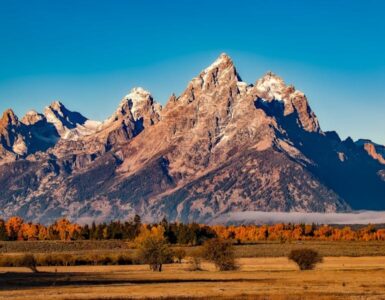In a recent report from the United States Energy Information Administration, the nation is projected to pump out more energy exports—including crude oil and natural gas—than we import by 2020. This has been a position shift for the United States, which has historically imported more energy than we’ve exported since the 1950s. The U.S. is projected to be a net energy exporter through 2050.
Trade volumes in 1953, the last time Arizona was exporting more than importing, were much smaller. Since then, gross energy imports have generally and steadily grown. What’s pushing this shift backwards is the evolving trade flows of liquid fuels and natural gas.
Here in Arizona, we’ve been positioning ourselves to be a major energy exporter as well, but not of the same resources. In fact, Arizona, while growing in terms of how much solar and coal energy we produce and haul out, will still be a major importer of items like crude oil and natural gas moving forward.
“Arizona does not currently mirror the U.S. trend. Arizona’s utilities have traditionally been managed to supply their load to customers within Arizona,” says Michelle De Blasi, Co-Executive Director of Arizona Energy Consortium. “Although there has been some regional cooperation with import/export of power at the Palo Verde Nuclear Generating Station and several of the coal-generation plants that supply electricity to the Four Corners area, such as Navajo Generating Station and the coal generation fleet operated in New Mexico, Arizona has not historically been a net exporter.”
The nation’s largest nuclear power plant, Palo Verde, provides around 4 million people with power including those in neighboring California. Piggybacking off the successful impact of Palo Verde, investors built large natural gas plants across Arizona in the early 2000s, which can export electrons to California.
In Arizona, most natural gas is transported from other states via interstate pipelines that enter the state at the New Mexico border. In December, state leaders from New Mexico, Arizona and Sonora, Mexico, agreed on a four-year cooperation deal to connect existing pipelines to move the New Mexico natural gas west and south through Arizona into Sonora and to a port in the Gulf of California. The gas would be liquified at the port before heading off to Asia.
Currently, more than 60 percent of the natural gas that enters is transported to California, creating a thoroughfare system here in the state.
“This fact is a critical component of why it is so important to have regional cooperation with our neighboring states from which we import our natural gas and transportation fuels, and can export our electricity resources,” says De Blasi.
















Add comment